
Try Adsterra Earnings, it’s 100% Authentic to make money more and more.

Islamabad, Pakistan – The Pakistani government will present its annual budget on Wednesday, seeking to balance domestic commitments to the country’s 240 million people and demands of fiscal prudence from the International Monetary Fund (IMF) – a key source of loans.
Aiming to increase its gross domestic product (GDP) growth rate to more than 3.5 percent from 2.38 percent in the outgoing fiscal year, the country is looking to revive its economy, which has faced a nearly two-year slump following political volatility.
Pakistani authorities have held multiple meetings with the IMF recently. Prime Minister Shehbaz Sharif, who came to power as the head of a patchwork coalition after the February elections, has been at the forefront of these efforts.
Sharif recently travelled to Saudi Arabia, the United Arab Emirates, and China – countries considered Pakistan’s closest allies and key to supporting its economy – to discuss opportunities for driving foreign direct investment in Pakistan.
But is Pakistan’s economy showing signs of revival? Are the government’s measures helping everyday people? And what do analysts think the next budget should prioritise?
Is Pakistan’s economy truly showing signs of revival?
Latest figures from the country’s central bank and international bodies like the IMF paint a cautiously optimistic economic forecast.
Pakistan’s inflation, which had skyrocketed to 38 percent a year ago in May 2023, has slowed down to 11.8 percent over the past 12 months, as reported by Pakistan’s Bureau of Statistics. A kilogram (2.2 pounds) of wheat, which would cost more than 130 rupees ($0.47) last year in May, is down to 102 rupees ($0.37) this year.
Fuel prices have also shown a declining trend, down from 288 rupees ($1.03) per litre (0.26 gallons) in May 2023, to 268 rupees ($0.96) per litre at present.
The country’s foreign exchange reserves with the central bank, which had dipped as low as $2.9bn in February 2023 – enough to cover just three weeks of imports – have now improved to more than $9bn, roughly the average amount over the last six years.
Similarly, the Pakistani rupee, which had lost more than 60 percent of its value against the United States dollar in the past two years, has now somewhat stabilised at 280 rupees against one dollar.
![Pakistan's stock exchange has shown bullish trend, reaching its highest level in May. [Rehan Khan/EPA]](https://www.aljazeera.com/wp-content/uploads/2024/06/12239909-1718105748.jpg?w=770&resize=770%2C491) Pakistan’s stock exchange has shown a bullish trend, reaching its highest level in May [Rehan Khan/EPA]
Pakistan’s stock exchange has shown a bullish trend, reaching its highest level in May [Rehan Khan/EPA]
The stock market has also shown a bullish trend, hitting its highest level of 75,000 points last month before slowing down.
The IMF, which completed a nine-month Stand-By Agreement programme with Pakistan in May worth $3bn, has also acknowledged improvements in the country’s macroeconomic conditions.
“Moderate growth has returned; external pressures have eased; and while still elevated, inflation has begun to decline,” the global lender said last month.
While economists agree that there are signs of stability, they also urge caution, noting that the improvement is due to restrictive policy decisions – including limits on imports. And electricity prices remain high.
“There is stabilisation but no substantial growth, which is likely to manifest in slow growth as industry is so dependent on imports,” Safiya Aftab, an Islamabad-based economist, told Al Jazeera. “Employment is not increasing, and bills are becoming unaffordable.”
Ammar Habib Khan, a Karachi-based economist, is more optimistic about the possibility of an economic revival.
“The economy is in an adjustment process. As this continues, and as reforms progress, the trickle-down effect will start. If this continues, inflation will taper off, and businesses will start reinvesting to create more jobs,” he told Al Jazeera.
Do improved economic indicators reflect gains for the public?
Sajid Amin Javed, a senior economist with the Sustainable Development Policy Institute in Islamabad (SDPI), says that this “ad-hoc stabilisation” has been achieved in the past but was never maintained. “It dissipates as soon as the economy moves toward higher growth,” Javed told Al Jazeera.
IMF-led stabilisation in Pakistan has always come at a cost to the people, he said. Javed said stabilisation efforts including limits on imports and increased energy prices to meet revenue targets have slowed economic activity.
Reports ahead of the budget suggest that the government may increase taxes and remove some subsidies – such as on fertilisers – which could raise prices.
“People continue to suffer from higher energy inflation, housing rents and higher prices of goods. The upcoming budget may bring another wave of inflation, making life even more difficult for the common man,” Javed warned.
Hina Shaikh, an economist with the United Kingdom-based International Growth Centre, is also sceptical about the continuation of this stabilisation, which she said was susceptible to global oil price volatility.
“The exchange rate also remains very sensitive to inflation,” the Lahore-based economist said. And a depreciating currency could make it costlier for Pakistan to pay back its debts.
![Pakistan's agriculture sector contributes to less than one percent of country's tax revenues. [Bilawal Arbab/EPA]](https://www.aljazeera.com/wp-content/uploads/2024/06/12220710-1718105946.jpg?w=770&resize=770%2C513) Pakistan’s agriculture sector contributes to less than 1 percent of the country’s tax revenues [Bilawal Arbab/EPA]
Pakistan’s agriculture sector contributes to less than 1 percent of the country’s tax revenues [Bilawal Arbab/EPA]
Pakistan’s public debt remains a significant burden on the country’s treasury, with external debt and liabilities exceeding $130bn this year, an increase of 27 percent from last year.
Data from the State Bank of Pakistan earlier this year shows Pakistan needs to pay back almost $29bn in external debt over the next 12 months.
What should Pakistan do?
Experts emphasise the importance of expanding the tax net rather than merely imposing additional taxes on those already in it, such as the salaried class.
Pakistan’s tax-to-GDP ratio currently hovers around 10 percent, among the lowest in the world, exacerbated by the under-taxation of various sectors like agriculture, retail and real estate.
For instance, agriculture, which contributes nearly one-fifth of Pakistan’s GDP, accounts for less than 1 percent of national tax revenue. It is a pattern repeated in real estate, too.
A report by the International Growth Centre, a global research body, last year highlighted that despite a population of more than 100 million, Pakistan’s most prosperous province of Punjab collects less urban property tax than the city of Chennai in India, which has a population of about 10 million.
“The tax net needs to be expanded, and those in the formal sector need relief so they can reinvest in the economy,” said Khan. “Deepening the tax net will not be helpful, as the formal sector is already overtaxed and lacks incentives to reinvest in the economy.”
Javed of SDPI suggests that the government should present a budget that supports economic activity rather than focusing narrowly on meeting revenue targets by taxing those already in the tax net. Some reports in recent days have suggested that solar panels and other clean energy infrastructure could face taxation, though the government has denied that it has any such plans.
“Taxes on solar panels and other green energy solutions to meet revenue targets will hurt the economy in the medium to long term,” he said.
Published By

Latest entries
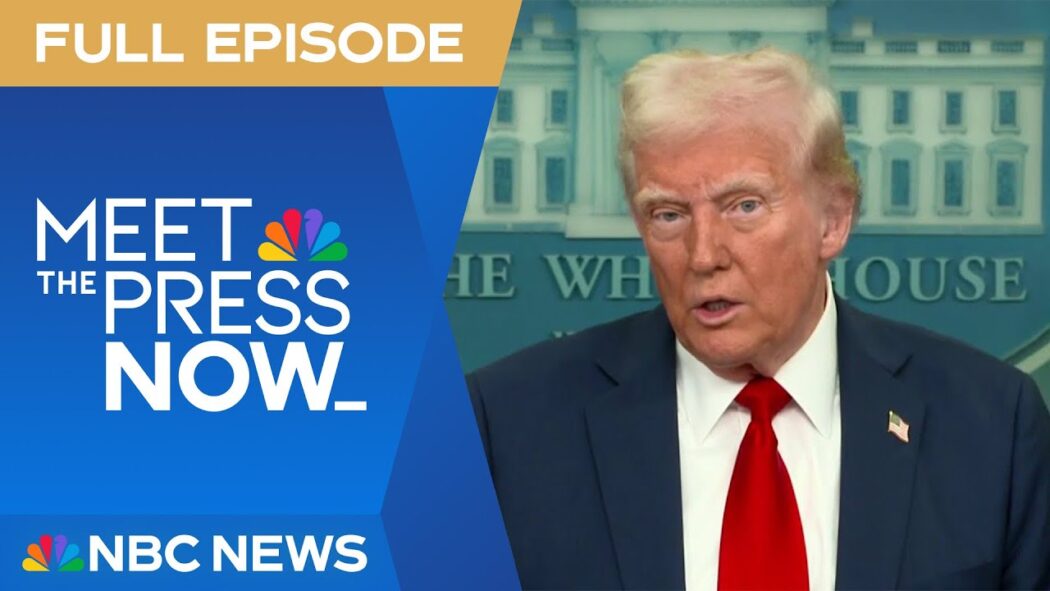 allPost2025.01.31Meet the Press NOW – Jan. 30
allPost2025.01.31Meet the Press NOW – Jan. 30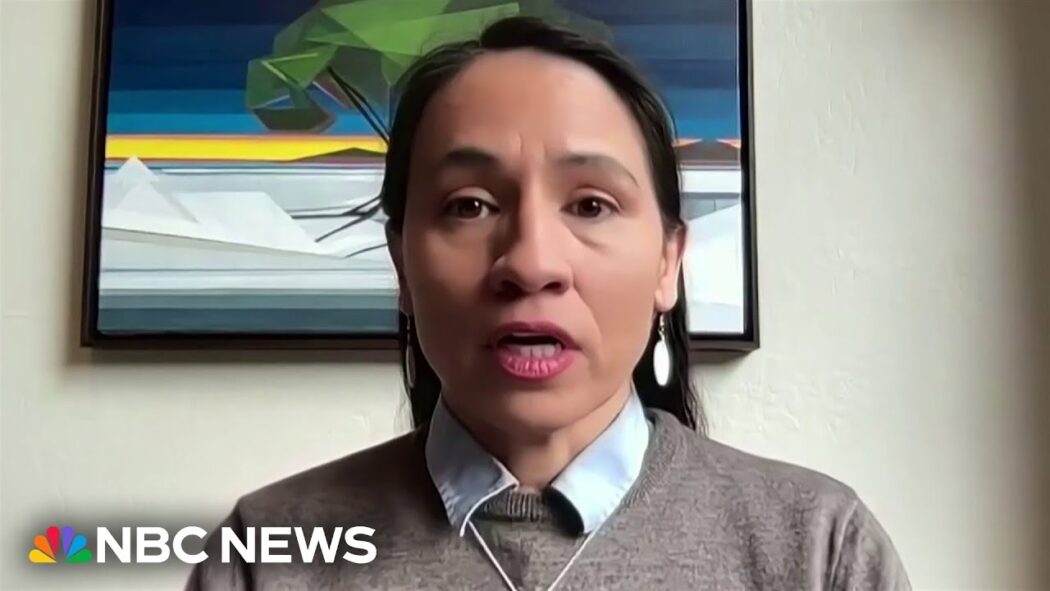 allPost2025.01.31Trump’s speculation on plane crash is ‘reckless,’ says Kansas lawmaker
allPost2025.01.31Trump’s speculation on plane crash is ‘reckless,’ says Kansas lawmaker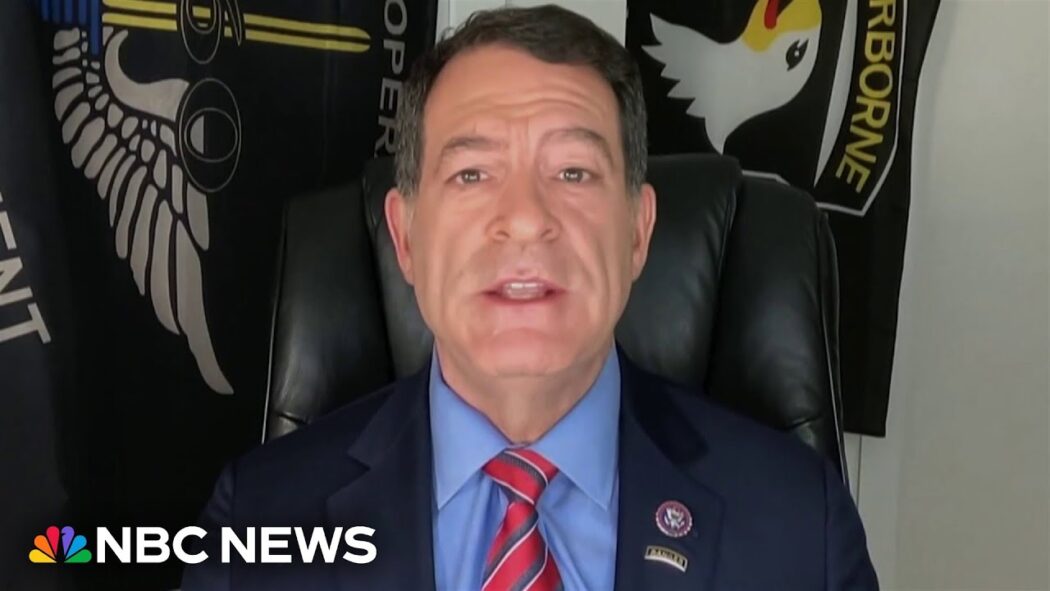 allPost2025.01.31Homeland Security Committee Chairman: ‘NTSB will get to the bottom’ of Potomac collision
allPost2025.01.31Homeland Security Committee Chairman: ‘NTSB will get to the bottom’ of Potomac collision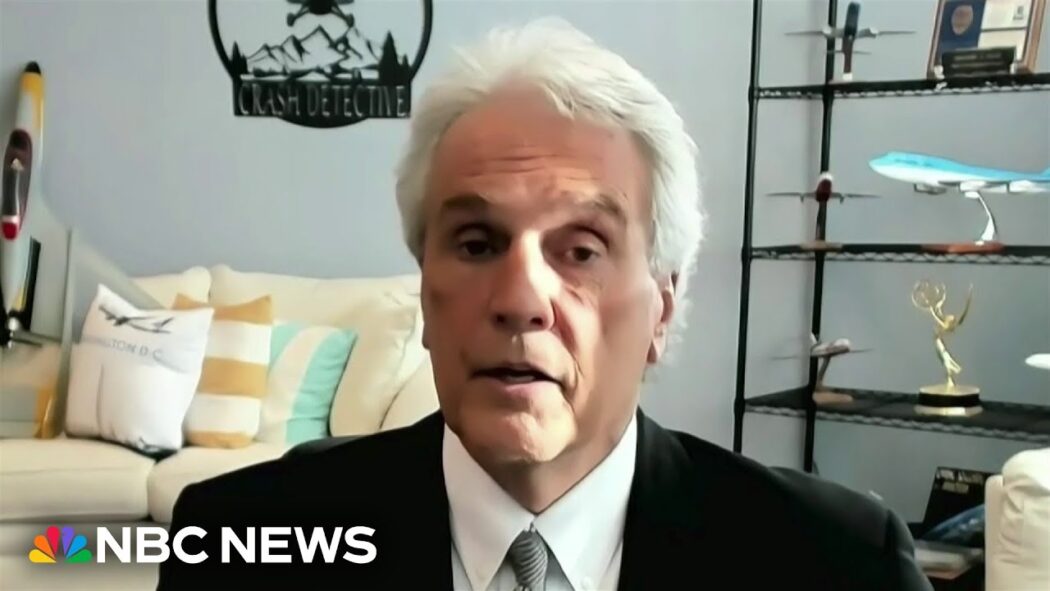 allPost2025.01.30Former NTSB safety investigator says staff shortages are a ‘recurrent theme’ in plane accidents
allPost2025.01.30Former NTSB safety investigator says staff shortages are a ‘recurrent theme’ in plane accidents

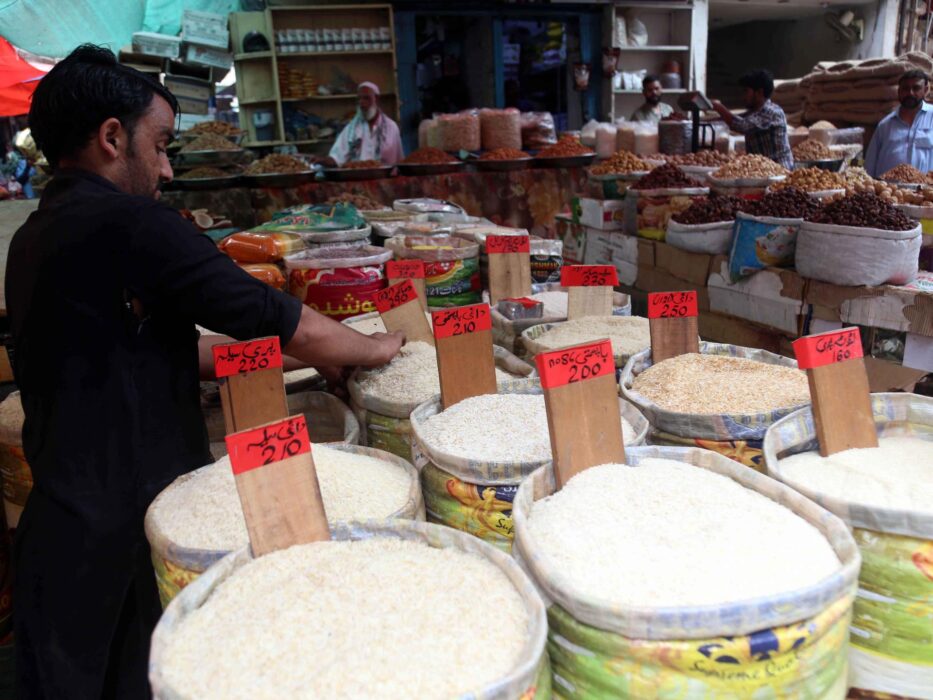



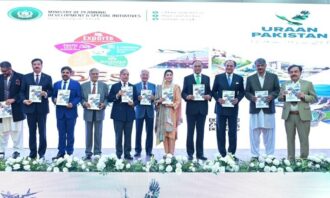

1 reply on “Is Pakistan’s crisis-ridden economy finally recovering?”
[토토커뮤니티]에서 먹튀검증이 완료된 안전한 토토사이트를 확인하세요